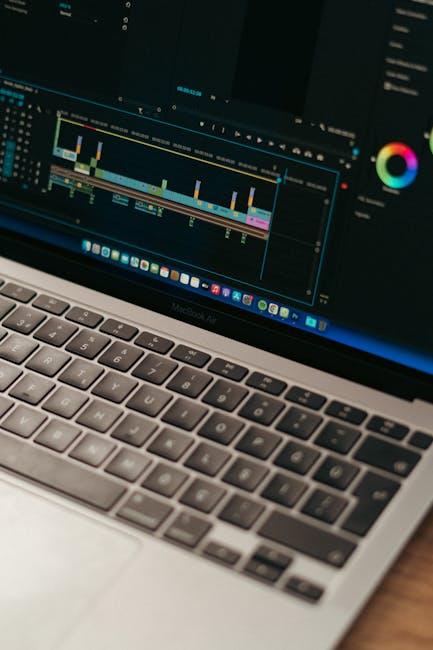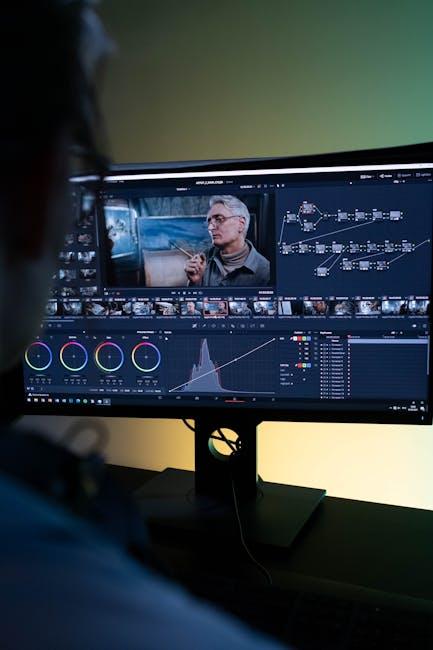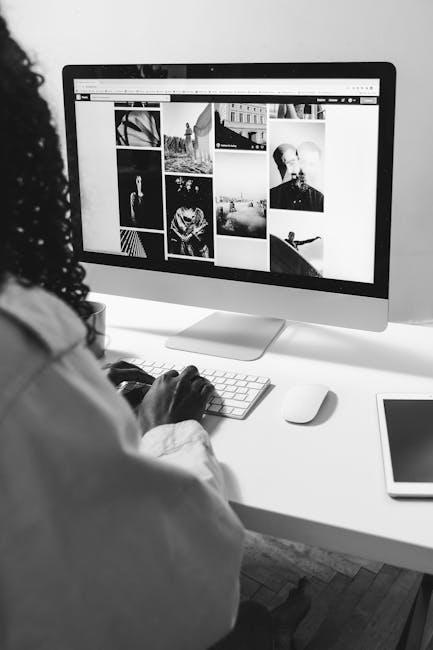In the dim glow of a theater, as images flicker across the screen, an invisible hand guides the audience through a tapestry of emotions, scenes, and stories. This is the art of film editing, a craft as intricate and vital as the script itself. While directors may orchestrate the grand vision and actors breathe life into characters, it is the editor who meticulously sculpts the narrative, weaving together disparate elements to create a seamless journey. As the unsung architects of cinema, editors hold the power to transform raw footage into compelling stories, shaping not just what we see, but how we feel. This article delves into the nuanced world of film editing, exploring how these master storytellers mold the final cut, crafting experiences that linger long after the credits roll.
Crafting the Narrative: The Editor’s Role in Storytelling
In the intricate world of filmmaking, editors are the unsung heroes who weave together the fabric of a narrative. Their work is not just about cutting and splicing; it’s about sculpting a cohesive story that resonates with audiences. By meticulously selecting and arranging scenes, editors can transform a jumble of footage into a seamless journey that captures the essence of the director’s vision.
- Pacing: The rhythm of a film is largely determined by how an editor sequences shots, creating tension, excitement, or calm.
- Continuity: Ensuring a smooth transition between scenes, maintaining logical flow and visual consistency.
- Emotion: Crafting emotional arcs by juxtaposing images and sounds, enhancing the storytelling experience.
Ultimately, the editor’s role is akin to that of a storyteller, shaping narratives that captivate and engage. Through their artful choices, editors breathe life into stories, making them unforgettable.

Techniques and Tools: Elevating the Visual Experience
Film editing is both an art and a science, relying on a blend of techniques and cutting-edge tools to craft a compelling narrative. Editors often begin with a rough cut, using tools like Adobe Premiere Pro or Final Cut Pro to assemble the initial sequence. These platforms offer a plethora of features, from basic trimming to advanced color correction, allowing editors to refine each scene meticulously.
Beyond software, creative techniques play a crucial role in elevating the visual experience. Editors might employ montage sequences to condense time or use match cuts to create seamless transitions. Additionally, sound design tools, such as Avid Pro Tools, are integrated to enhance auditory elements, ensuring that the audio and visuals work in harmony. Keyframe animations and visual effects, made possible by software like After Effects, add layers of depth and intrigue, transforming the raw footage into a polished masterpiece.

Timing and Rhythm: Mastering the Pace of a Film
In the realm of film editing, the dance of timing and rhythm is where the magic unfolds. An editor’s keen sense of pace can transform a sequence from mundane to mesmerizing. By manipulating the duration of shots, editors craft a tempo that guides the audience’s emotional journey. A swift succession of cuts can heighten tension, while lingering on a single frame might evoke introspection or suspense.
- Juxtaposition: Placing contrasting shots side by side can create unexpected connections and deeper meaning.
- Flow: Ensuring a seamless transition between scenes maintains the viewer’s engagement and immersion.
- Silence: Sometimes, the absence of sound or movement speaks volumes, allowing viewers to absorb and reflect.
Mastering the rhythm of a film requires an intuitive understanding of storytelling. Editors, like conductors, orchestrate the visual symphony, ensuring each moment resonates with precision and purpose.

Collaboration and Vision: Working Seamlessly with Directors
In the intricate dance of film creation, the relationship between an editor and a director is pivotal. The editor’s role is not just technical but deeply collaborative, requiring a shared vision and mutual respect. This partnership begins with understanding the director’s intent, immersing oneself in the script, and aligning with the film’s thematic core. The editor must be a storyteller, piecing together the narrative puzzle with precision and creativity. By maintaining open communication, both parties can explore diverse possibilities, leading to a more nuanced and compelling final product.
- Regular Feedback Sessions: Frequent discussions help align the vision and ensure that the story’s emotional arc resonates as intended.
- Creative Exploration: Editors bring fresh perspectives, suggesting innovative cuts and transitions that directors might not have considered.
- Problem-Solving Partners: When faced with challenges, editors and directors work together to find solutions that enhance the narrative flow.
By fostering a dynamic and respectful collaboration, editors become an extension of the director’s creative mind, transforming raw footage into a cohesive and engaging story that captivates audiences.

